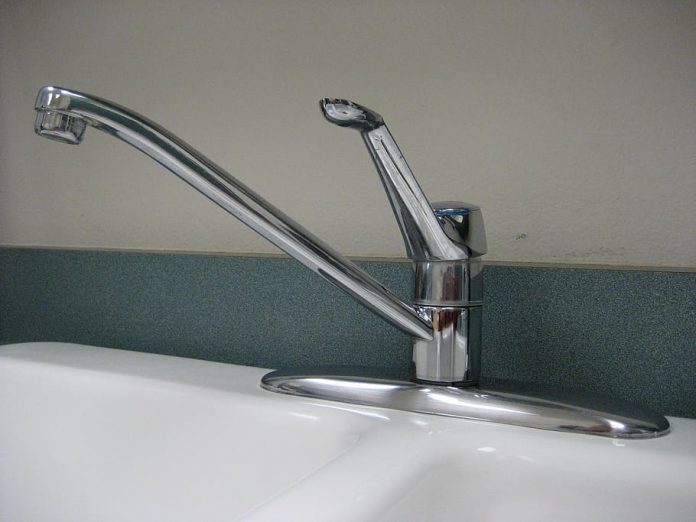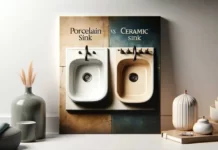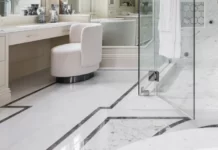Satin nickel and brushed nickel are both popular finishes for hardware and fixtures in homes and commercial spaces. Both finishes have a similar look and feel, but there are subtle differences between the two. Satin nickel has a softer, more muted appearance while brushed nickel has a slightly more textured and matte finish. This makes them a good choice for high-traffic areas because both finishes are durable and resistant to tarnishing and corrosion. However, the choice between brushed nickel and satin nickel often comes down to personal preference and the overall aesthetic of the space.
Nickel is no doubt a silvery-white metal that is very hard and resistant to corrosion. Nickel is commonly used as a plating material. There has been an increase in nickel demand since the last century. In addition to magnets, batteries, and coins, the main component is stainless steel.
Overview of Satin Nickel and Brushed Nickel
Satin Nickel
Satin nickel is not a metal in itself, but rather a type of nickel plating applied to zinc or brass. It is a final finish, but it is not metal. Satin nickel is applied through a process called electrolysis, in which nickel is deposited onto the surface of the metal. Many shower fixtures, faucets, and hardware are finished with satin nickel.
Also, to increase its durability, you can apply a low-luster lacquer after the plating. Without the lacquer, it will look dull after the process of plating.
Brushed Nickel
Brushed nickel accessories are made by brushing a metal surface with a wire brush to create tiny scratches in the same direction. This removes the metal’s natural shine and gives it a more textured appearance. Brushed nickel is less expensive and easier to produce than other nickel finishes, and it is good at hiding water spots.
You may also like to Read: How to Clean Sticky Wood Kitchen Cabinets
What should you know about Satin Nickel?
Satin nickel has a smooth, velvety appearance without any visible scratches. It is commonly applied to brass metal using electrolysis. Satin nickel can have different finishes, such as a dark matte or a semi-matte finish. It is the most common type of hardware used for homes and is less expensive than brushed nickel.
What should you know about Brushed Nickel?
A kind of nickel made with the help of a wire brush or any other tool similar to it, which will give a textured appearance. It will provide a lightly brushed warm metallic look and also a golden or brownish tint that will deliver a good appearance to the work piece. Brushed nickel is more expensive than satin nickel and is more common in commercial hardware. However, it requires more cleaning to maintain its natural appearance.
The Difference Between Satin Nickel and Brushed Nickel

The main difference between brushed nickel and satin nickel is how they are finished. Satin nickel is finished using an electrolysis process, while brushed nickel is finished using a brushing process. Brushed nickel has a more lustrous appearance than satin nickel, which has a duller appearance. Brushed nickel is also less expensive to manufacture than other types of plating.
- A brushed nickel finish is finally achieved with the help of a wire brush or any other tool which can create a smooth look. The process of electroplating is done by the hydrolysis technique of plating one metal onto another. The satin nickel fixtures are more expensive than the brushed nickel finish.
- Brushed nickel is a durable finish that can last for many years. It is easy to clean and does not leave fingerprint marks. It has a warm tone and does not shine as much as other nickel finishes, but it works well with a variety of styles and designs.
- Satin nickel has a dull appearance and does not show fingerprints, water spots, or other marks. It does not need to be cleaned as often as other finishes. Satin nickel is commonly used on zinc or brass faucets, electronic locks, and door levers.
But brushed nickel can show marks easily because of its matte finish. Regular maintenance and cleaning are required to maintain its natural appearance and to enhance the life of the product. Compared to satin nickel, brushed nickel can be used in bathroom fittings, cabinets of the kitchen, in many parts of the machine, and door pulls.















